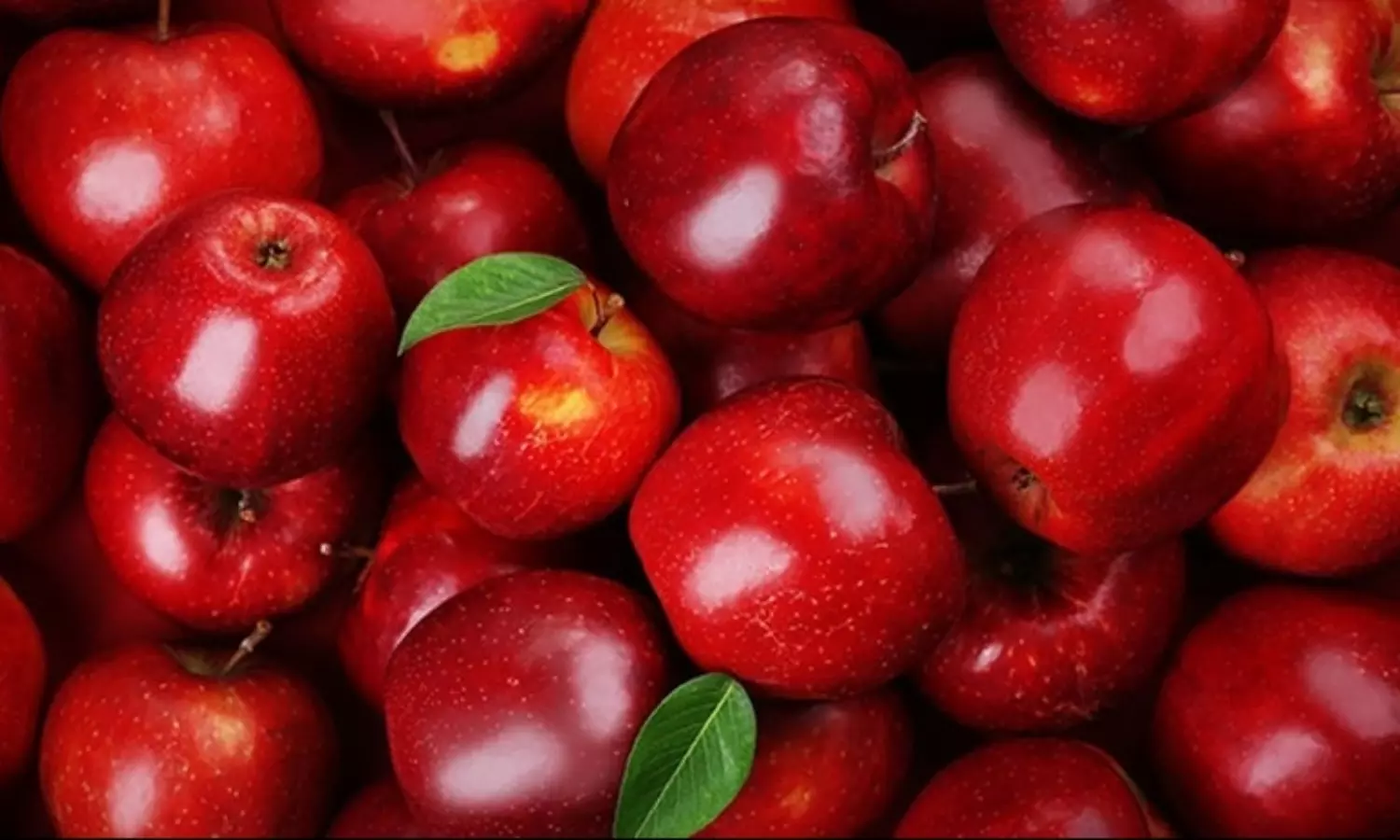Transport apples under 'Cold Transport' conditions

Worldwide, almost 70 million tonnes of apples are produced annually. In the northern hemisphere, the European Union is by far the world champion exporter with a production volume of about 14 million tonnes, followed by China with almost 1 million tonnes of export. The US also has a very large harvest. In the south, the larger market players are Chile, New Zealand and South Africa. Kuehne+Nagel in an article published on its website, explains how the apples can be transported under cold chain conditions and the role of pulp thermometer in maintaning the freshness.
Let's take a look at an example: Transporting apples from South Africa to China in refrigerated containers. Here, some fruit, such as apples, must be transported under a cold treatment protocol (CT) in accordance with the regulations of the importing country.
The CT protocol means that the goods must be shipped at a certain "cold" temperature for a certain number of days. The general CT protocol is the same for all importing countries, but each country has its own specific requirements in the protocol, be it the number of days, the required temperature or the position of the probes. Therefore, make sure that you have the right specifications! If the protocol fails, your cargo will not be accepted for import. In our example, the protocol requires 16 days at or below + 1°C.
The purpose of the cold treatment protocol is to prevent the import of organisms such as the Mediterranean fruit fly. Maintaining the set temperature for a certain number of days ensures that no insects, eggs or larvae are left alive. This ensures that no insects are imported that could damage a country's own harvest.
Pulp thermometer's role in apple transport
To measure the temperature of the transported fruit, measuring probes are inserted into some of the fruit at specific positions. These records must be submitted to the phytosanitary authorities of the importing country. If the required regulations are complied with, the load is approved for delivery to the recipient.
So the measuring of temperature is not only familiar to medical staff, but also to logistics professionals who take care of the transport of your apples. The role of the pulp thermometer is one of the most essential parts in the complex transport of perishable goods and not as humble as initially thought. Shipping in compliance with the cold treatment protocol not only enables you to keep your customer promises, but also ensures the safety of local habitats and crops.
To guarantee that the apples arrive in optimal condition and in accordance with the CT protocol, Kuehne+Nagel experts follow strict transport protocols. KN's reefer specialists check, manage and control the entire process and intervene if necessary:
- All CT loads must be pre-cooled in the warehouse. Before loading, the core temperature of the fruit is measured.
- The local phytosanitary authority inspects the cargo before transportation.
- The container is filled in accordance with strict specifications. This includes the calibration and the placement of the measuring probes at predefined locations.
- During the voyage, the functionality of the container is checked regularly to ensure that the requirements are met.
- On arrival, the temperature data is downloaded and presented to the authorities who release the cargo for import.
- At the end of the voyage, fresh and safe fruit is in the tray on the kitchen table.
Source: Kuehne+Nagel


